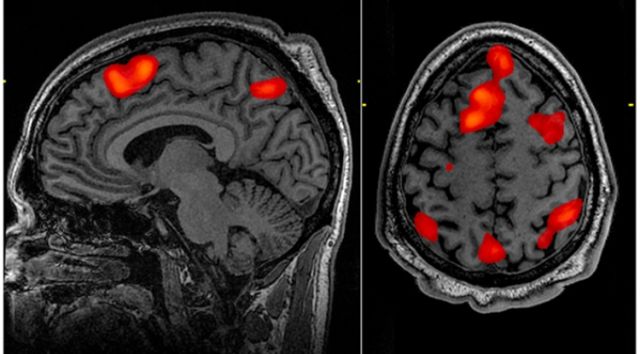
If you glance at your desk or bedroom, you’ll probably immediately know if something is out of place, even if you’re not able to put your finger on what exactly is wrong without a closer inspection. That’s because humans have the ability to rapidly get the gist of a situation using only a quick glance.
A recent study published in PNAS shows that this ability goes way beyond day-to-day practicalities. Radiologists who specialize in the detection of breast cancer can discriminate between normal and abnormal mammograms in as little as half a second. But they may not even need to look at the cancerous tissue to do so.
The authors of the paper were interested in a phenomenon known as global processing, in which a quick glance at a large image gives insight into its meaning. They gave radiologists just a moment to glance at breast tissue images and compared the results of the radiologists’ insights to carefully analyzed images.






